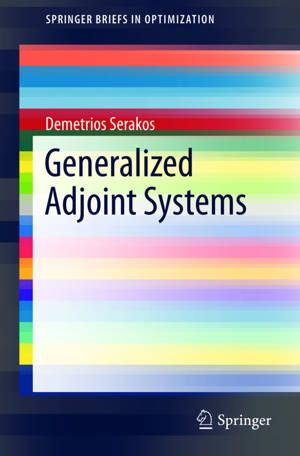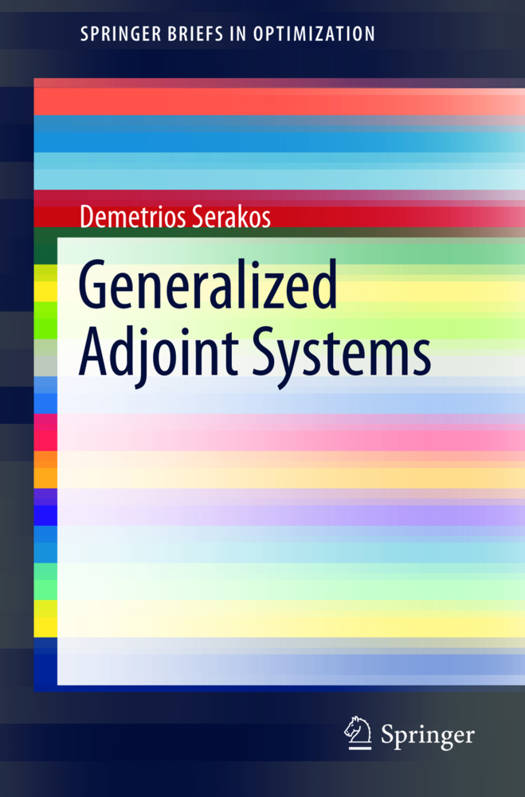
Bedankt voor het vertrouwen het afgelopen jaar! Om jou te bedanken bieden we GRATIS verzending (in België) aan op alles gedurende de hele maand januari.
- Afhalen na 1 uur in een winkel met voorraad
- In januari gratis thuislevering in België
- Ruim aanbod met 7 miljoen producten
Bedankt voor het vertrouwen het afgelopen jaar! Om jou te bedanken bieden we GRATIS verzending (in België) aan op alles gedurende de hele maand januari.
- Afhalen na 1 uur in een winkel met voorraad
- In januari gratis thuislevering in België
- Ruim aanbod met 7 miljoen producten
Zoeken
€ 69,95
+ 139 punten
Omschrijving
This book defines and develops the generalized adjoint of an input-output system. It is the result of a theoretical development and examination of the generalized adjoint concept and the conditions under which systems analysis using adjoints is valid. Results developed in this book are useful aids for the analysis and modeling of physical systems, including the development of guidance and control algorithms and in developing simulations. The generalized adjoint system is defined and is patterned similarly to adjoints of bounded linear transformations. Next the elementary properties of the generalized adjoint system are derived. For a space of input-output systems, a generalized adjoint map from this space of systems to the space of generalized adjoints is defined. Then properties of the generalized adjoint map are derived. Afterward the author demonstrates that the inverse of an input-output system may be represented in terms of the generalized adjoint. The use of generalized adjoints to determine bounds for undesired inputs such as noise and disturbance to an input-output system is presented and methods which parallel adjoints in linear systems theory are utilized. Finally, an illustrative example is presented which utilizes an integral operator representation for the system mapping.
Specificaties
Betrokkenen
- Auteur(s):
- Uitgeverij:
Inhoud
- Aantal bladzijden:
- 66
- Taal:
- Engels
- Reeks:
Eigenschappen
- Productcode (EAN):
- 9783319166513
- Verschijningsdatum:
- 16/04/2015
- Uitvoering:
- Paperback
- Formaat:
- Trade paperback (VS)
- Afmetingen:
- 156 mm x 234 mm
- Gewicht:
- 122 g

Alleen bij Standaard Boekhandel
+ 139 punten op je klantenkaart van Standaard Boekhandel
Beoordelingen
We publiceren alleen reviews die voldoen aan de voorwaarden voor reviews. Bekijk onze voorwaarden voor reviews.









